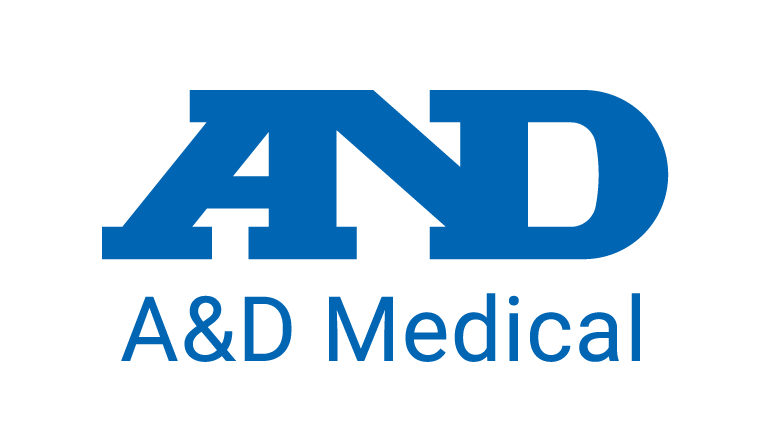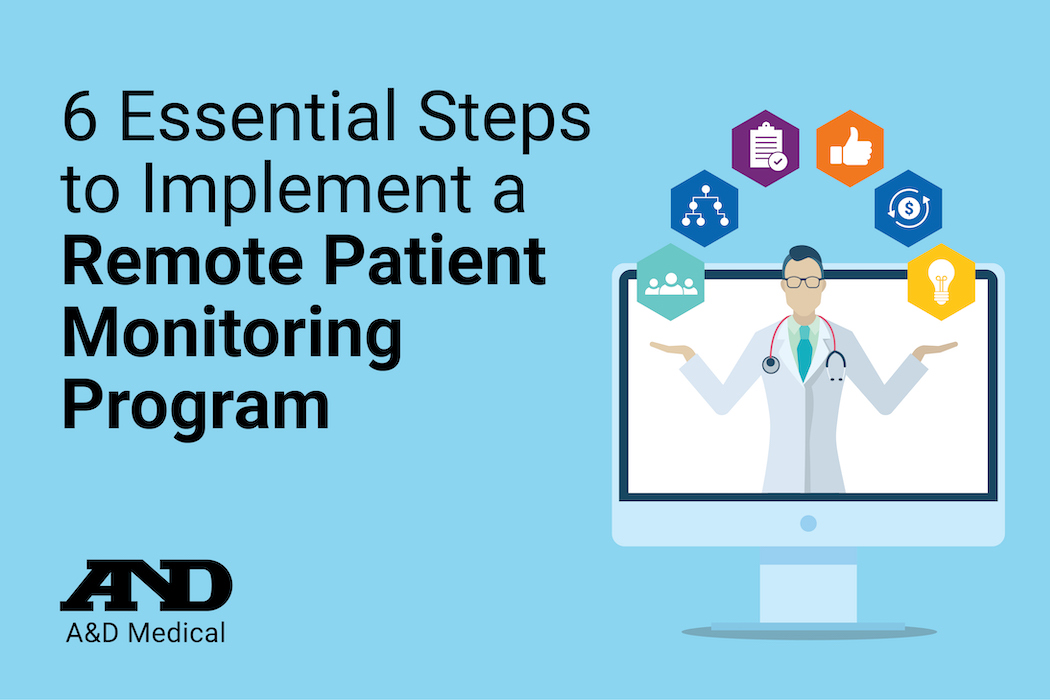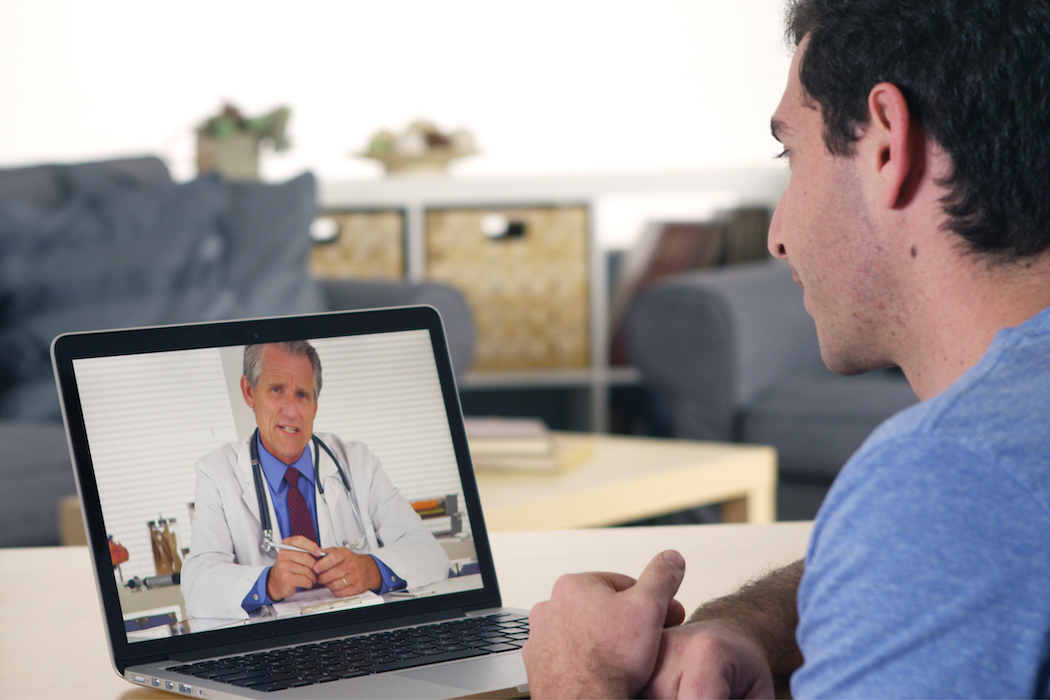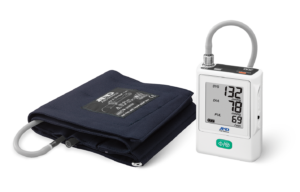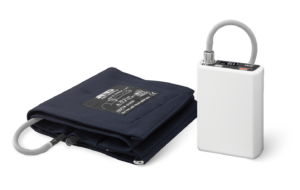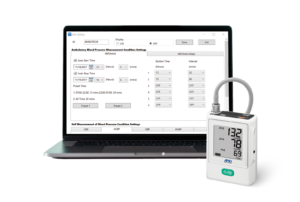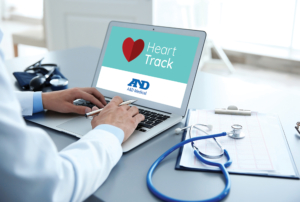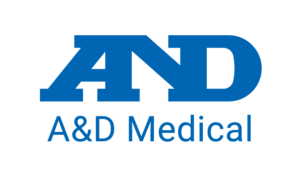6 Essential Steps to Implement a Remote Patient Monitoring Program
Technological advances have transformed the landscape of healthcare—particularly in the last few years, with the unprecedented demands of the worldwide COVID-19 pandemic—and remote patient monitoring, or RPM, is becoming more and more normalized and integrated.
RPM has clear benefits for providers and patients alike: it can streamline processes, reduce costs, and improve experience and outcomes. It can be particularly useful for managing hypertensive patients because its advantages are clear and potentially transformative. And, as a bonus, it can also be a very profitable addition to your practice when implemented correctly.
However, when implementing an RPM program in your practice, you should plan every step of the process thoroughly and deliberately. Every case will be different, but there are a few essential steps to keep in mind when developing a remote patient monitoring program for blood pressure management.
Step 1: Assemble your team
As a first step in building out an RPM program, you should ensure you have all the resources you will need. As is always the case, your most important and powerful resources are people.
To start, you should designate leaders who understand the benefits and challenges of an RPM program and ensure they have the bandwidth to see it through. These include:
- An operational lead who understands the ins and outs of running an RPM program
- A clinical lead (preferably an expert physician) from each department included in the RPM program
- An executive stakeholder to help maintain organizational buy-in
Your core team should be thoroughly knowledgeable on the subject of using RPM for hypertension and willing to commit to the program for the long haul.
Step 2: Clarify and codify your process
Once you have your team in place, make sure to plan and document each step of your process in detail, including:
- What training relevant staff (ex. RPM general training, software, hardware) will receive and who will train them
- How to select eligible patients
- How to onboard new patients
- What the staff will do to ensure patient adherence and satisfaction with the program
- What will your billing process look like
- Who will help patients or staff troubleshoot
- Who is in charge of ongoing maintenance and growth
RPM is relatively new and still developing, and many medical professionals are still learning how to incorporate these tasks into their daily workflow. If it seems overwhelming, you’re not alone! You can work with trusted experts in RPM, and they can help you work through any roadblocks.
Step 3: Set your goals
Before your RPM program is up and running, you will also want to establish what you expect to accomplish. The clearer you are on your expectations initially, the more likely you are to get what you want out of the program. When you are planning with your organization and team, agree on “SMART” goals:
- Specific: Describe your intended outcomes in detail
- Measurable: What data, metrics, and outcomes will let you know you’re succeeding?
- Achievable: Understand your situation and be realistic
- Relevant: How will the success of your RPM program benefit your patients and your organization at large?
- Time-bound: Deadlines are lifelines—know what you want and when you plan to get it
For an RPM program around managing hypertension, example goals could include:
- Bringing a certain percentage of patients closer to the ideal target of 130/80 mmHg
- Increasing average blood pressure control in patients in the program by a certain percentage
- Hitting patient satisfaction targets
- Obtaining a specific ROI or billing goal
Step 4: Make it easy on your patients
As with most programs, simplicity and convenience are essential to patient adherence and compliance. To give your RPM program for hypertension management its best shot at long-term success, take care to select an initial group of patients you think can follow instructions and provide feedback as a beta before rolling out the program across your practice. This will give you a chance for your team to get comfortable and to adjust your processes and patient-facing documentation and explanations to make sure they are clear.
Additionally, the technology you use should be of top quality: reliable, appealing, and easy to use. The more wisely you invest in your products, the more likely it is that your RPM program will lead to better outcomes.
To find a top quality blood pressure monitor, look for a device
- That has validated accuracy
- That is simple to use (fewer buttons are usually easier!)
- That has a range of cuff sizes or other features that are important to your patient demographic
Step 5: When picking eligible patients, consider reimbursement
Certain patients will be more optimal candidates for RPM than others, and, as always, insurance will be a factor.
Make sure your team is thoroughly knowledgeable on how reimbursement works, how Medicare and insurance providers treat RPM, and the specific billing codes you will use. These rules can change, and it’s important to keep up to make sure your program is an ongoing success.
Step 6: Spark enthusiasm across your organization
Every great team needs a cheering section. To make sure patients and stakeholders are fully on board with your organization’s new remote patient monitoring program for blood pressure management, don’t be afraid to get excited and share (HIPPA-compliant) success stories with your team and your patients. For patients, hearing that the program has positively impacted someone’s life, or for staff, knowing the financial difference this is making on the practice can help increase engagement and excitement.
Conclusion
By understanding the potential benefits of RPM and preparing for your program, you and your practice can be a part of the future of care. With a strong team and a clearly outlined process that is patient-focused, you will be set to improve patient outcomes and establish a profitable RPM practice.
If you’d like to know more about A&D Medical’s remote patient monitoring products, please contact our experts here.
